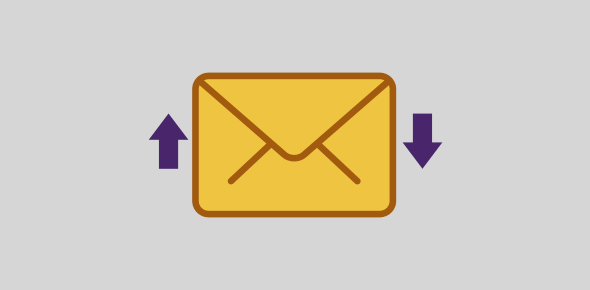Telus allows both IMAP and POP access on the free email accounts it provides with Internet plans. These two email protocols are not the same – your choice depends on how you want to use the email account (more on this below). Here are the Telus incoming and outgoing mail settings for downloading and storing messages on your local computer.
Telus IMAP mail settings
Incoming: imap.telus.net
Outgoing: smtp.telus.net
Telus POP (POP3) incoming and outgoing mail server settings
Incoming: pop.telus.net
Outgoing: smtp.telus.net
Sponsored Links
Which mail setting should you use when configuring the Telus email account on your computer?
The main difference between IMAP and POP is the way in which the email account is maintained across multiple systems including the remote server. Which one you want to use depends primarily on how you want to use and manage the email account.
For instance, if you plan to set up Telus email on multiple computers (and devices – refer, Telus email on the iPhone), I suggest using IMAP because it ensures that the account is synchronized on the various machines. When using POP (or POP3), it’s virtually impossible to have the same set of email on the different systems. This is because of the nature of the email protocol. And no, this issue persists even if you leave a copy of the message on the server.
Please note that both IMAP and POP use SMTP (Simple Mail Transfer Protocol) for sending out messages that were composed, replied to or forwarded from the mail client. FYI, if you cannot send email, the problem lies with the SMTP server settings only.
Conclusion: The Telus incoming and outgoing mail servers are required to set up the email account in programs such as Outlook Express. The main advantage is the ability to save and backup Telus email messages to your local machine.







… [Trackback]…
[…] Read More here: webdevelopersnotes.com/blog/telus-incoming-outgoing-mail-settings/ […]…